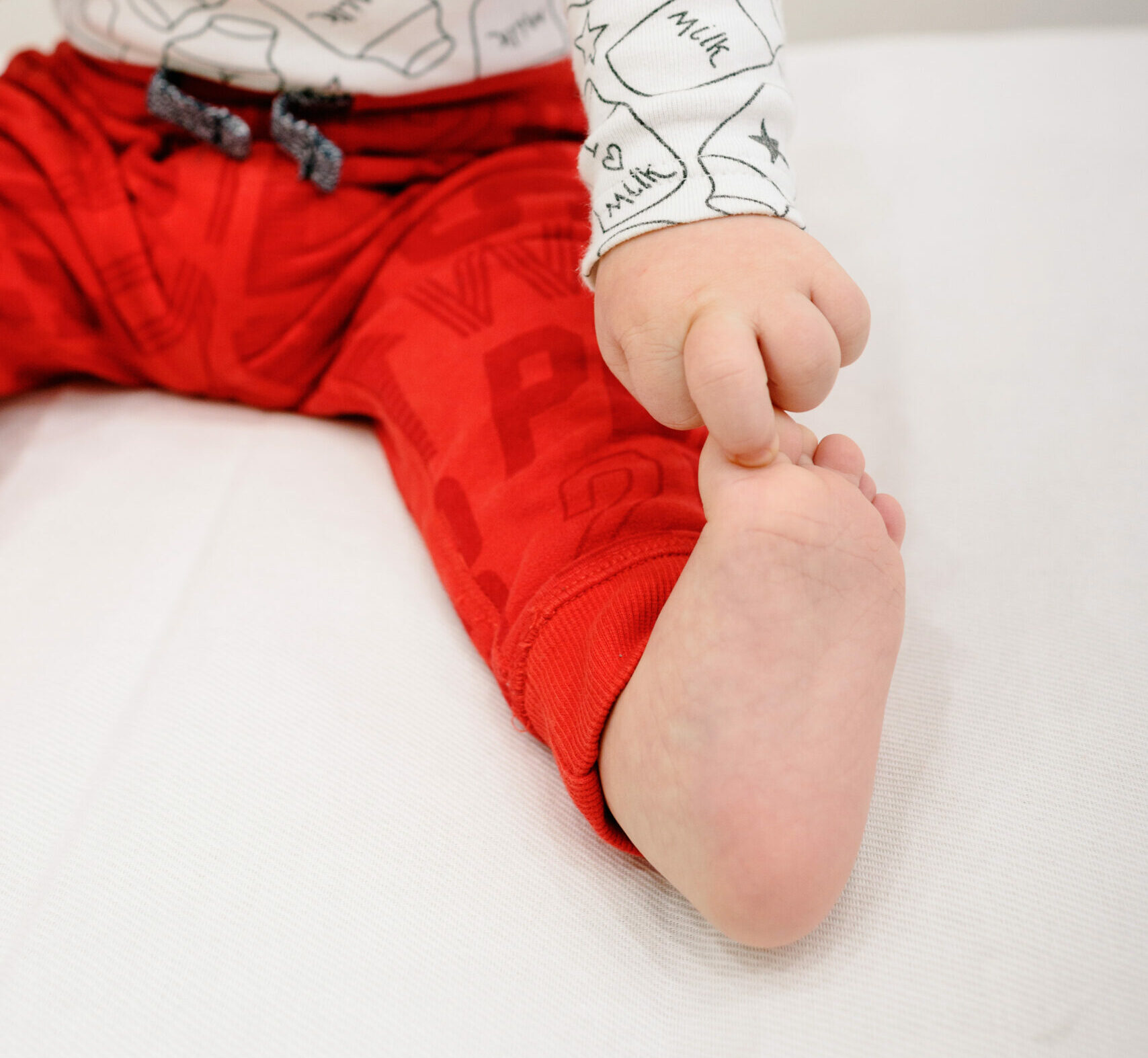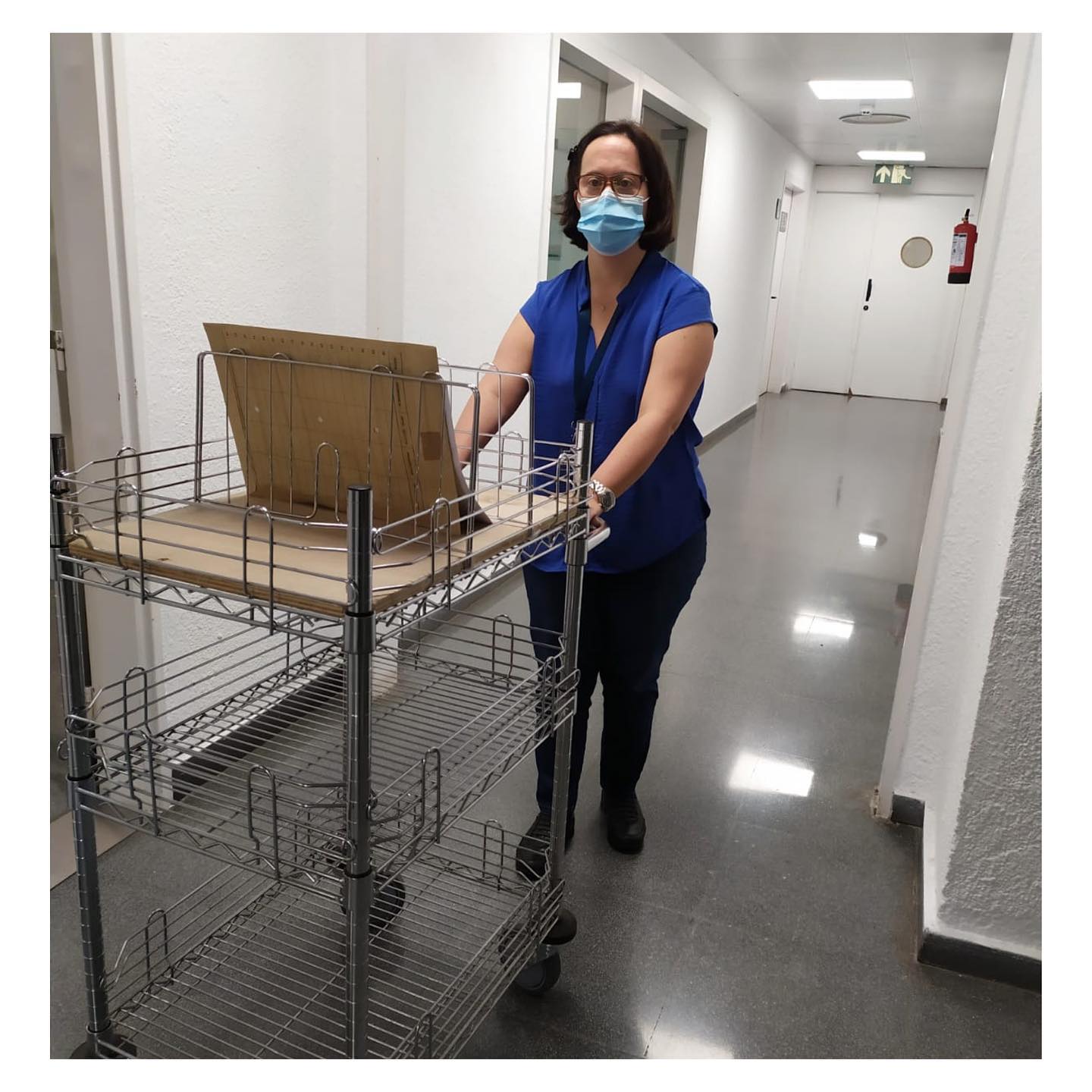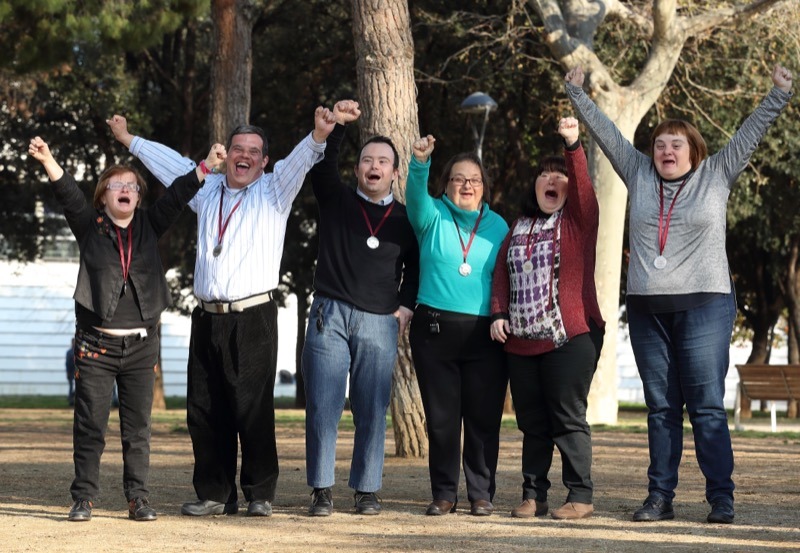A physiotherapist can help developing those foundational skills that impact the daily functioning of people with Down’s Syndrome. Four different areas that are really important are:
- Increased Ligamentous Laxity:
Physiotherapists always look at the underlying physiology of people with Down’s Syndrome. They have increased ligamentous laxity so they are much blendier through every joint in their body. This plays a big role in how people with Down Syndrome move and how their joints and systems are aging, especially through their adult years.
There are some specific musculoskeletal conditions that are very common for individuals with Down syndrome related to the ligamentous laxity: So, first of all, there is a high prevalence of flat feet because that ligamentous laxity. This is going to affect how they walk, how they stand, how they move, their interest in walking, in moving and exercise. It’s a huge deal.Physiotherapists are always paying attention first to foot posture. In flat feet, the arch of your feet instead of being lifted up, it’s flattened down so that the mid part of your foot is on the floor. It increases pressure on that mid part of the foot. It makes it harder to lift your feet up when you are walking. It is also putting increased pressure on the inside of your knee and when people with Down Syndrome also have an increased hip turnout or external rotation at their hips it’s putting a lot of stress at their hips and their back. This results in decreased comfort, slower speed, it’s harder to move your foot that makes a big difference in how you want to move.
- Balance component
Balance is composed of three different areas:
- Your eyes
- Your Inner ears (vestibular system)
- Proprioception
There are little sensors in all of your joints that tell your body where you are and for people with Down Syndrome they have more than 50% prevalence of visual impairment, more than 50% prevalence of hearing impairment and then, with ligamentous laxity (that increased flexibility) they are not getting the same information from their joints. This sensory balancing issue is huge for people with Down Syndrome; so physical therapists would be looking at that.
- Hip stability
People with Down syndrome with that underlying ligamentous laxity have hips moving with a lot more flexibility than general population. Physical therapists should check carefully that they are providing good hip stabilization and making sure that they have good hip integrity.
- Spinal Alignment
Again because of that ligamentous laxity, it really plays a huge part in how the spine lines up and it affects your sitting posture, your standing posture, it affects everything and it’s very common for people with Down Syndrome to have increased curve through their spine, to have some bit of scoliosis that’s going to affect how they stand.

















